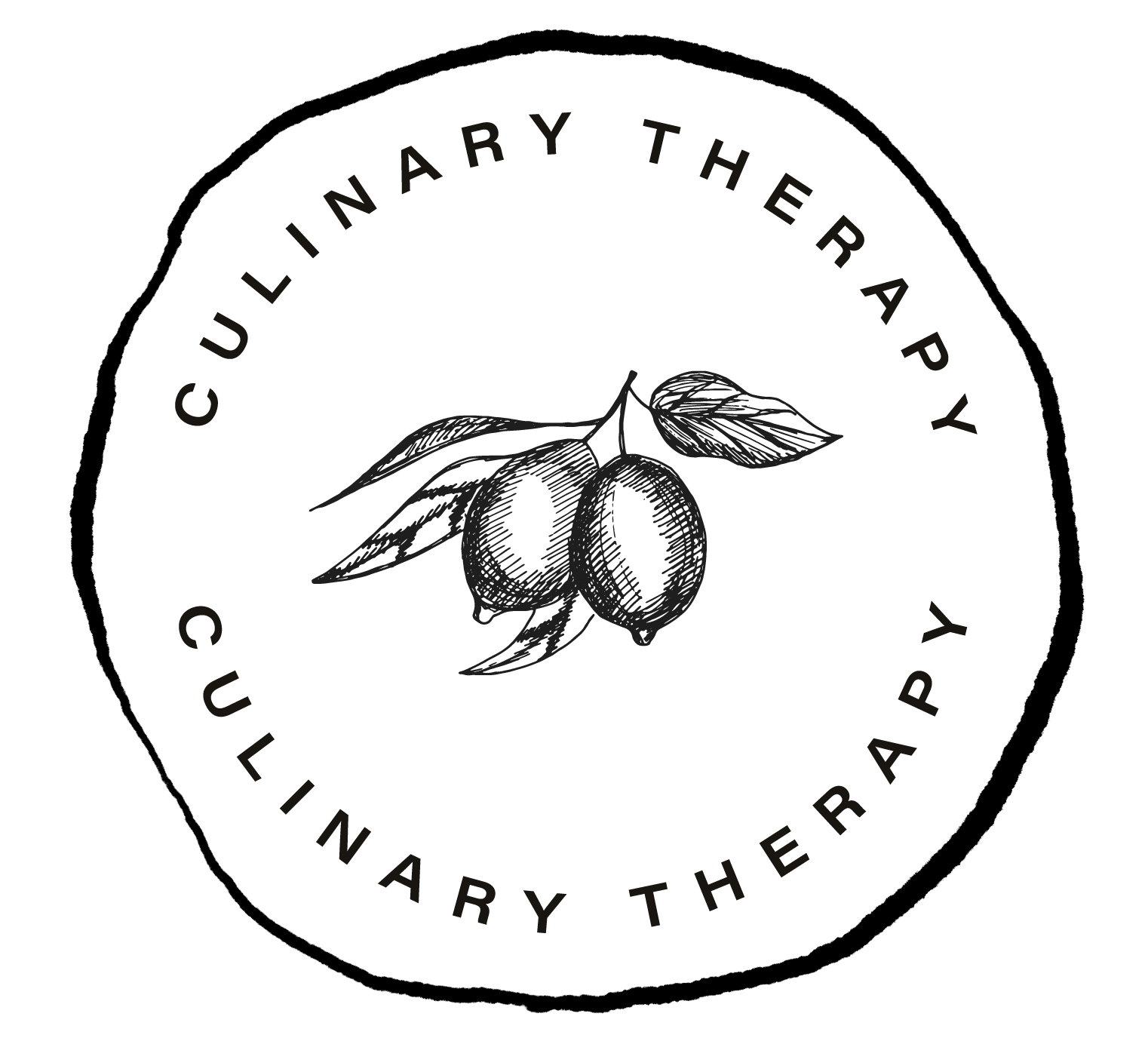I love this image of a man fishing for salmon on the Chilkoot River near Haines, Alaska. The salmon I purchase for my family is also Wild Alaskan, and for good reason. Wild Alaskan salmon is one of the healthiest fish for consumption in today’s modern world. Here’s why I choose this food for my family table:
1. High in Omega-3 Fatty Acids: Wild Alaskan salmon is one of our best sources for natural omega-3s. Omega-3 fatty acids are anti-inflammatory. Reducing inflammation in your body is your best protection against disease. Inflammation is also behind minor medical ailments such as fatigue, bloating, or general malaise. Four ounces of salmon contain at least 2 grams of omega-3 fats, which is more than the average US adult will get from all foods over the course of several days.
Researchers have found diets high in Omega 3s to have cardiovascular benefits, improve mood and cognition, joint protection, eye protection, and a decreased risk in cancer.
2. Low in Mercury: The earth’s waters are increasingly more toxic, contaminated with mercury, pesticides, and other organic pollutants. Contaminated waters means contaminated fish. Generally speaking, the larger the fish, the greater the contamination. Fish like swordfish, shark and tuna that are higher up on the food chain have greater mercury accumulation. Contaminated salmon is also a problem, however certain categories are considered low risk. Wild Alaskan salmon, in particular, has been evaluated for contaminants and found to be the lowest risk category.
Mercury is a poison unsafe for human consumption. In addition to Wild Alaskan salmon, safe fish include sardines, tilapia, cod, herring, and fresh water trout.
3. Ocean-Friendly: The Monterey Bay Aquarium in Monterey, California recently determined Alaskan salmon to be the only low-risk salmon that meets their criteria for sustainability. We each play a crucial role in the conservation of our ocean resources by choosing ocean-friendly seafood.
4. Family Kitchen-Friendly: Salmon is easy to prepare and quick to cook. It’s great baked, grilled, or broiled. Typically, I coat the fish with olive oil, sea salt, and fresh herbs and throw it in a hot oven for 15 minutes. The most difficult thing about cooking fish is timing, so until you know your oven, check it often. Overcooked fish will become dry.
As an aside, make enough for leftovers and toss it in a lunch salad the next day.
Purchasing and Storing Salmon:
Fresh salmon is available whole, as a steak, or a fillet. Smell is a great indicator of freshness. Always remember to store fish in the coldest part of your refrigerator (on the bottom shelf, in back). You can also place wrapped salmon in a dish of ice in the fridge, where it can last up to four days depending upon how fresh it was when purchased.
Resources:
For more information about mercury, visit mercurypolicy.org.
An online resource for good quality fish: vitalchoice.com
For up to date recommendations on ocean-friendly seafood, I love Monterey Bay Aquarium’s downloadable app.




